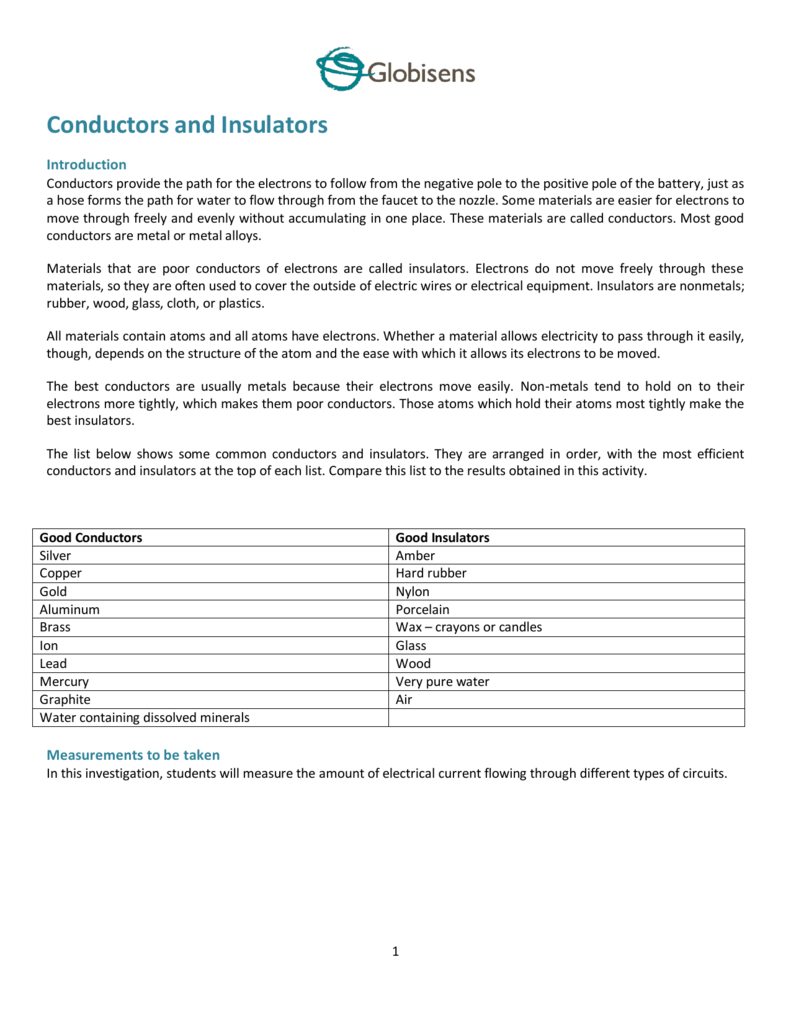Some common insulators are glass air plastic rubber and wood.
Is rubber a non conductor.
Conductors conduct electrical current very easily because of their free electrons.
A is rubber and b is copper.
One would reason that it is made of a conductor such as copper.
These electrons are able to move freely through the conductive material and allow electricity to flow.
Wood is a good insulator.
The property that distinguishes an insulator is its resistivity.
Since rubber is a non conductor of electricity it is.
The most common examples are non metals.
Silver is not always an ideal choice as a material however because it is expensive and susceptible to tarnishing and the oxide layer known as tarnish is not conductive.
Examples of conductors include copper aluminum platinum gold silver ionized water and trees.
Insulators oppose electrical current and make poor conductors.
The best electrical conductor under conditions of ordinary temperature and pressure is the metallic element silver.
To make these gloves and shoes more comfortable and durable companies mix in additives that make these rubber products good conductors rather than insulators.
Some common conductors are copper aluminum gold and silver.
This contrasts with other materials semiconductors and conductors which conduct electric current more easily.
Conductive materials are compounds that are comprised of atoms with free electrons.
Insulators have higher resistivity than semiconductors or conductors.
Sphere b shows a uniform distribution of excess charge.
The opposite of insulators are conductors.
10 electrical conductors.
Hope it may help you.
Sphere a shown a non uniform distribution of excess charge.
A matrix version consists of short fine metallic wires 300 to 2 000 per square centimeter aligned parallel but not touching each other embedded in a rubber sheet.
Spacing of rubber conductive strips less than half the pcb conductor spacing without precise alignment.

